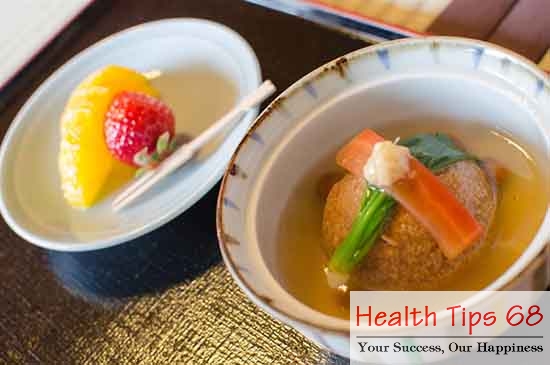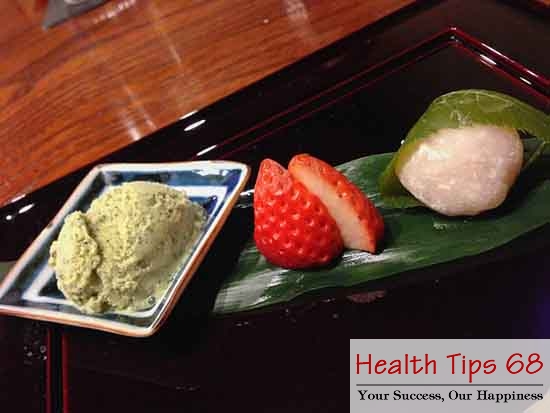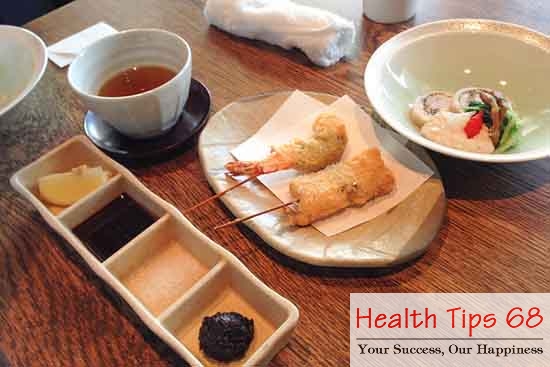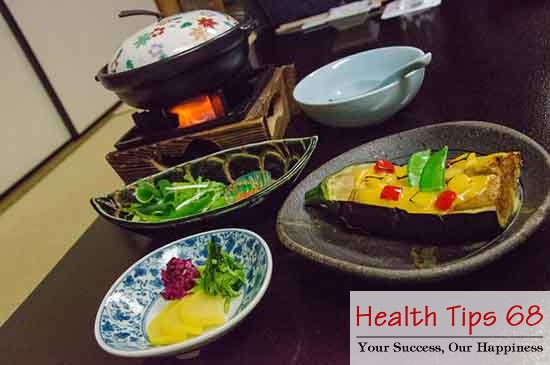Discover these japanese food facts that every gourmand must know
The Japanese food facts is one of the top rated foods in the world. If you love to eat and enjoy exploring food, culture, and culinary traditions, Japanese food facts should be at the top of your world travel bucket list.
The Japanese cuisine has evolved over centuries and has been influenced by several political as well as social changes. Due to the unique style of cooking and seasoning, it is one of the most distinct cuisines in the world.
Though I spend a lot of time thinking about the things I eat, I was still blown away by how much thought goes into the preparation, consumption, and appreciation of Japanese food. There is a level of obsession with food in Japan that I’ve never seen anywhere else.
Japanese food facts is prepared carefully using seasonal ingredients and flavors

Japanese food is as much about the preparation and presentation as it is the food itself. A great deal of thought goes into every item served. While we think of only four annual seasons, Japanese chefs consider dozens of seasons and carefully select ingredients that are in their prime with flavors that represent that specific period. Because we visited in the very early spring (beginning of March) every meal that we tried included bitter components which is a typical flavor for this season. Tasting these flavors, connects Japanese eaters with years past.
Once finished, the food is carefully plated and the finished dish often looks like a work of art.
Infrequent use of garlic, chile peppers, and oil

Many foods are seared, boiled or eaten raw and minimally seasoned. Umami (a rich flavor profile characteristic of Japanese food) is enhanced by using just a few ingredients including miso, soy sauce, mushrooms, seaweed, bonito flakes, and bonito broth. When foods are fried (like tempura) the batter is thin and absorbs very little oil.
Simplicity is key

Courses include a few small items, often fresh and with simple flavors. Japanese chefs work with top quality ingredients and do as little to the food as possible to bring out the color and flavor.
It doesn’t look like a lot of food but it is

Though the individual servings are small, traditional Japanese meals (called kaiseki) include several courses which add up to a lot of food. You will fill up.
Condiments add diversity

To add contrast to the food, simple condiments are often added to enhance the flavors. Light dipping sauces, citrus, miso, wasabi, pickles, and soy sauce may be included with the course.
The choice of dishes is important

While Western cultures tend to appreciate matching dishware, Japanese cooks tend to use dishes with a variety of colorful patterns, shapes and colors. The specific choice of dishes is important and seasonal. Fine restaurants will often use antique ceramics and lacquerware. When your server brings you a course, after asking what the food is, it is expected that you will also ask them to tell you about the dishes. The hand-painted bowl below (from a restaurant in Kyoto) was over 200 years old! It was selected because the leafy pattern represents the early spring season during which we visited, and it also provides a contrast between the old and the new green shoots of spring.
Japanese meals include a lot of vegetables but finding completely vegetarian food is hard

Japanese cuisine has a much higher ratio of plant-based foods than is typical in the U.S., but it is still hard to eat completely vegetarian. This is because many traditional dishes are cooked in fish broth or are sprinkled with bonito flakes. I’m vegetarian, and though we did our best to find plant-based alternatives within the traditional menus, there were a few times when I ate things that were not strictly vegetarian because they were cooked in fish broth, or which I had to scrape off the bonito flakes. That was fine with me, I was willing to do that in order to experience traditional food culture. Travelers that avoid seafood for religious reasons or because of allergies will find it a bit harder to stick to their diet.
________________________________________________________________________________________Đầu tư là gì? Kiến Thức Đầu Tư Chứng Khoán Quan Trọng Nhất Trong Quá Trình Đầu Tư?
Mở tài khoản chứng khoán TechcomBank nhanh chóng, thuận tiện giao dịch, bảo mật tuyệt đối.
Đầu Tư Chứng Khoán Xu Hướng Đầu Tư 2021 Hướng dẫn kiếm tiền từ đầu tư chứng khoán
Khóa Học Đầu Tư Chứng Khoán - Khóa học chứng khoán online (miễn phí) cho người mới bắt



